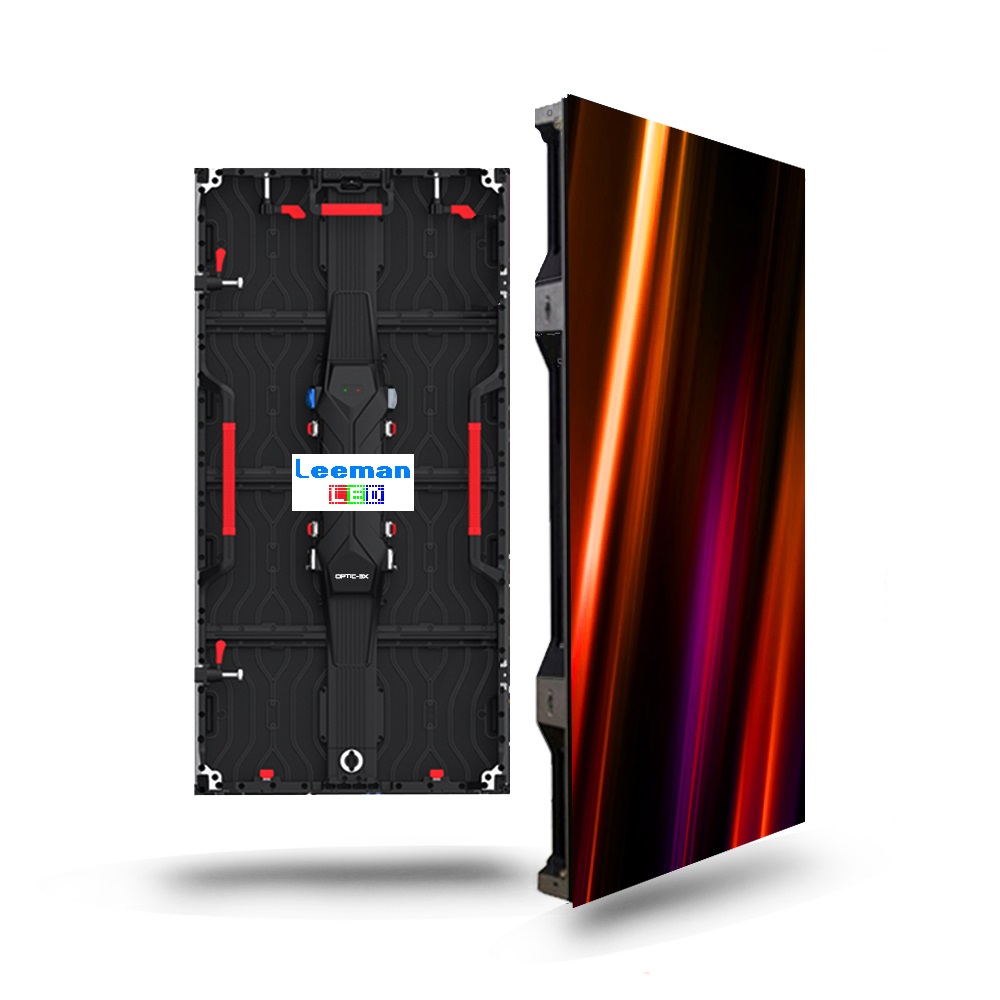Enhancing Aesthetic Impact Via Tactical Content Timing for LED Display Performance
Wiki Article
Maximizing aesthetic impact during LED screen shows requires careful planning and strategic visual scheduling. LED screens represent potent instruments in graphic narration, frequently utilized during concerts, events, and presentations. The effectiveness of these displays depends not just upon the caliber of the images yet additionally upon the manner plus timing they are shown. By understanding the viewers' focus duration plus the rhythm of the occasion, event planners can craft a more captivating encounter that enthralls spectators and enhances the overall performance.
One key element of strategic content scheduling is scheduling. It is vital to align the visuals with the rhythm and tempo of the performance. For instance, in the course of a music show, images should enhance the rhythm and atmosphere of the melody. This alignment aids to forge a unified encounter that pulls the viewers closer. Additionally, it is crucial to take into account the length of each image clip. Brief, striking clips can maintain audience engagement, while longer images may be appropriate for instances of reflection or emotional connection. By varying the length and intensity of the visuals, organizers can keep the audience interested during the show.

Another crucial factor is the content itself. The images displayed on the light-emitting diode screen should be pertinent to the theme of the performance. This relevance aids to strengthen the narrative being communicated plus renders the experience more look at here memorable for the audience. For example, if the show is about ecological consciousness, using images that illustrate the environment and animals can amplify the narrative. Furthermore, incorporating lively features, such as motion graphics or engaging graphics, can add excitement and keep the viewers' focus. The right content, presented at the appropriate moment, can considerably enhance the effect of the performance.
Audience engagement is also a crucial consideration in content timing. Understanding the demographics and preferences of the audience can guide the choice of images. For instance, a youthful crowd may respond better to vibrant hues and quick motion graphics, while an mature crowd might appreciate more subtle and sophisticated visuals. By customizing the material to the viewers' preferences, event planners can craft a more tailored encounter that connects with spectators. Additionally, adding viewer involvement, such as real-time surveys or media engagements, can further improve involvement and render the performance more interactive.
Finally, evaluating the effectiveness of the content timing is crucial for upcoming shows. Collecting responses from the viewers can offer insightful information into what was effective successfully plus what could be enhanced. This data can assist event planners improve their approaches and take knowledgeable choices for future performances. By constantly evaluating and modifying the content scheduling approach, event planners can amplify the aesthetic impact of light-emitting diode screen shows plus craft memorable experiences for their audiences.